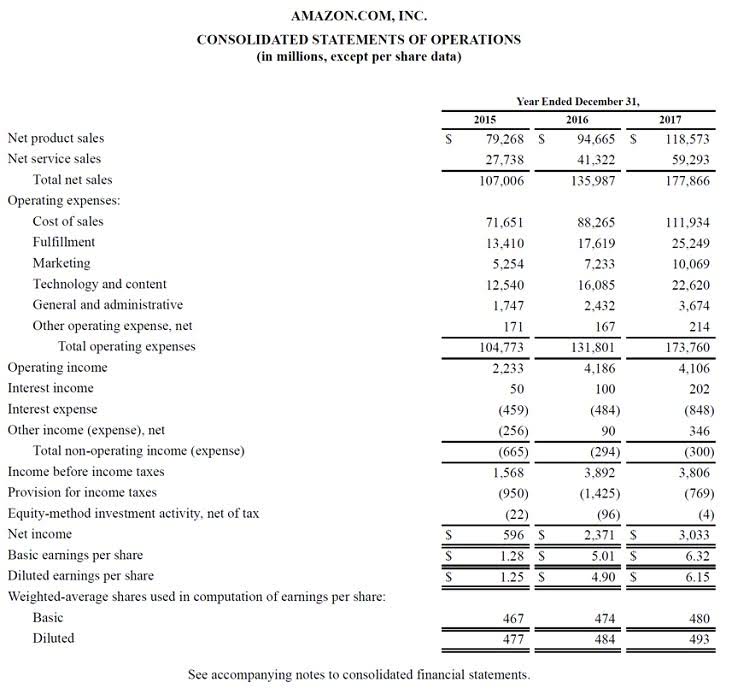
Likewise, managing supplier information can be complex because different locations are likely to have multiple vendors. If an emergency procurement needs to be done, then inventory managers would need to consult separate spreadsheets to contact the relevant supplier which can delay the order process. Synchronizing large amounts of data in one go can be difficult when the data is spread across multiple spreadsheets. This means users work in silos without having complete real-time information – leading to inconsistencies in inventory data. If users are based in different locations, then this limits their ability to share insights about recent updates to inventory – leading to lost inventory control.
- Here are some practical strategies and tools, the how a 360° asset tracking software is a viable alte…
- Reportedly, ordering and keeping the right amount of inventory reduces inventory costs by approximately 10%.
- However, it should not be overlooked that costs for wages, tools and materials are usually many times higher.
- Do you sometimes wonder whether it really has to be so difficult to manage tools?
- Inventory turnover represents how many times inventory is sold and then replaced in a specific time period.
- IoT asset management is a good example of how modern technology is gradually spreading into all areas of life.
- To set up notifications for replenishment, businesses need to set a trigger alert when inventory levels fall below a specific limit.
Choosing the Right Inventory Tracking Solution
Additionally, businesses can anticipate demand more effectively by analysing customer preferences, ensuring they are ready to meet customer needs, especially during peak times. Start by implementing a robust inventory tracking methods inventory management system that automates tracking, updating stock levels, and generating reports. This reduces human errors, provides real-time data, and streamlines processes.

Inventory tracking challenges
- Data analytics and reporting tools are essential for transforming raw data into actionable insights.
- You’ll meet with your client account manager regularly to review our performance and make adjustments.
- There are several methods, ranging from manual tracking with pen and paper, spreadsheets, to advanced automated systems using inventory tracking software.
- However, challenges such as data security, initial investment, and implementation complexity exist.
- Inventory tracking is the process of monitoring your stock—both how much you have and where it is—in order to increase efficiency and keep up with demand.
- Each time an order is placed on your online store, ShipBob’s software will automatically choose the fulfillment center closest to the end customer to draw inventory and ship the order.
Just-in-time (JIT) inventory is a management method that reduces the amount of inventory you have on hand by only ordering and delivering products at the exact time you need them. To do so, you’ll need to closely track inventory levels and work closely with suppliers. While JIT can reduce inventory costs, it can also result in stockouts and isn’t suitable for all businesses. Additionally, conducting a cost-benefit analysis and showcasing case studies of successful implementations can further demonstrate the value of inventory tracking systems.
- Network inventory is taking up more and more space in the IT management of companies.
- We are thrilled to unveil our newest partnership with Lansweeper, a market leader in automated IT inventory and network management.
- Inventory tracking provides valuable data that supports data-driven decision-making.
- At Katana, we understand that the future of sales is both flexible and multichannel.
- Consider integration capabilities, scalability needs, mobile accessibility requirements, and built-in analytics tools.
Key Elements Tracked in Inventory Management

Additionally, perform frequent cycle counts of subsets of inventory items to reconcile data accuracy and validate the inventory levels recorded in the system. Automating inventory alerts can greatly reduce the need for manual monitoring, freeing up valuable time and resources. By leveraging these alerts, you can improve your inventory management process considerably. Implementing barcoding and RFID technology can greatly streamline your inventory management process by enabling quick stock identification and enhancing data accuracy.

- Regularly analyze inventory reports to analyze trends, identify slow-moving or non-moving items, assess carrying costs, and optimize inventory levels and turnover.
- In this article, we explore 360° asset management software and how smart cloud solutions like Timly can be customised and tailored to the needs of any business.
- These methods may not all be applicable for every business however; what may work for one business may not work for another.
- It’s easier to implement, and the vast storage space allows for expanding your inventory, whether in terms of users or quantity of your merchandise.
Learn how inventory management software for warehouses can streamline operations, improve efficiency, and optimize stock control. Real-time tracking, automated updates, and effective forecasting help prevent stockouts, overstocking, and other inventory-related challenges. As businesses continue to grow, an bookkeeping efficient and reliable inventory management system becomes more critical.

Why Businesses Are Upgrading to Cloud-Based Inventory Management Systems?
Categorize items based on their attributes, such as SKU, category, or supplier. This method involves using a computer program like Microsoft Excel to record and update https://los-alpes.cl/2024/03/14/standard-costing-and-variance-analysis/ inventory data. Then translate those needs into product features to build your shortlist of ideal tools.
Additionally, digitising inventory data enables real-time access and better analysis, improving decision-making. Regular internal audits ensure systems are functioning correctly and highlight areas for improvement. Businesses should also enable lifecycle management, tracking inventory from acquisition to disposal, optimising stock turnover, and reducing holding costs.